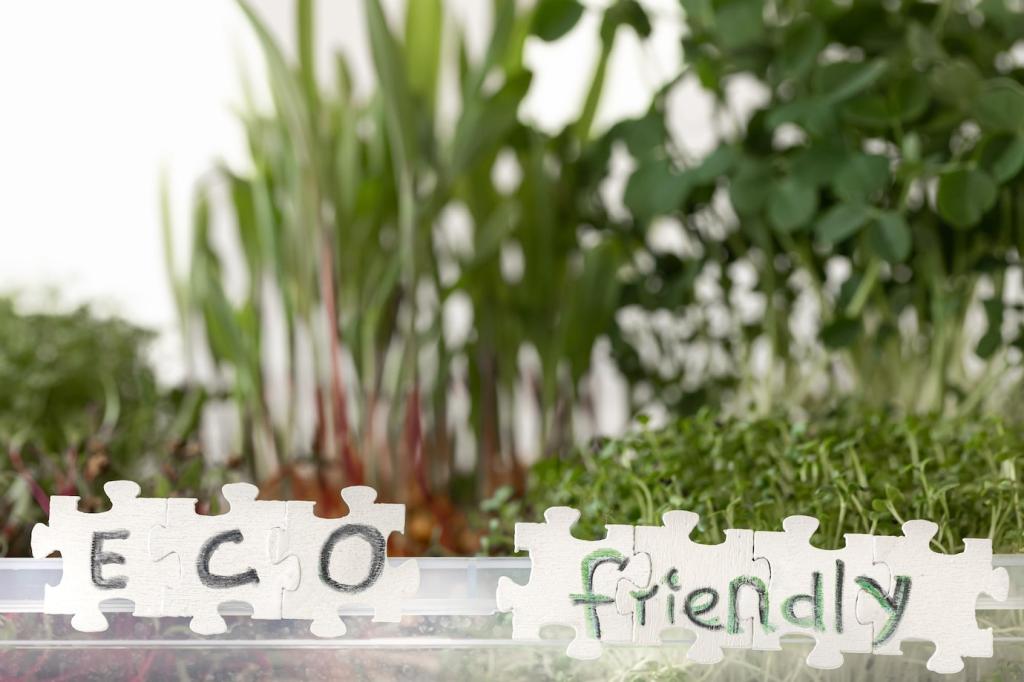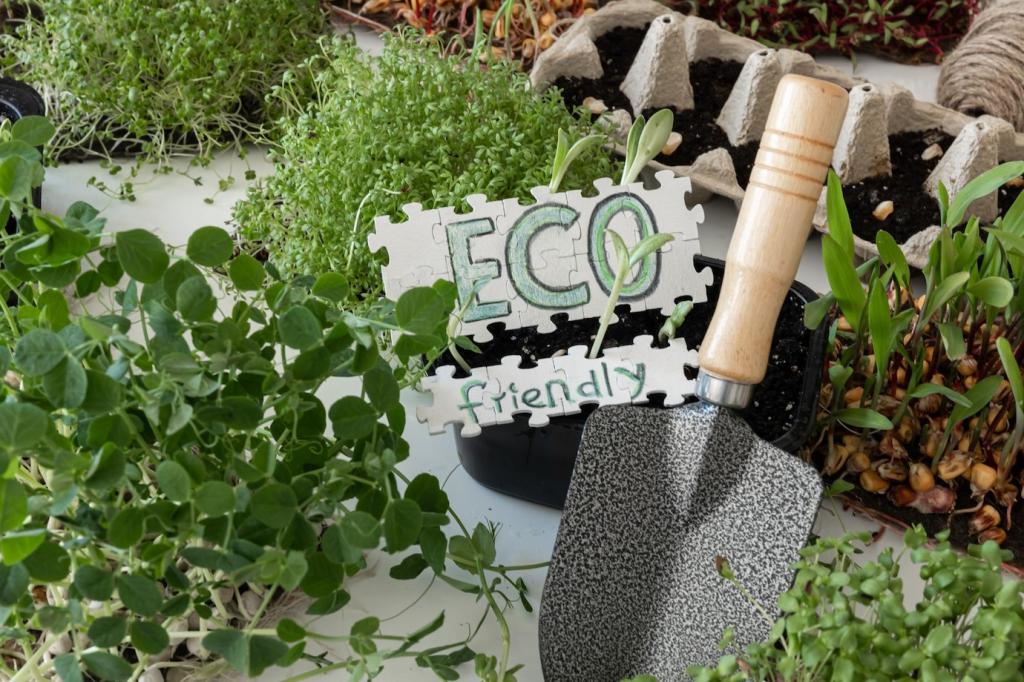A Mindset for Lifelong Stewardship
Treat each table, chair, or sofa as a companion with a story, not a product with an expiration date. When you feel responsible, you dust, tighten, mend, and pass pieces forward with pride.
A Mindset for Lifelong Stewardship
Extending a sofa’s life by even two years helps avoid the emissions and materials of a replacement. Weekly maintenance and seasonal deep care compound into meaningful environmental savings over time.






